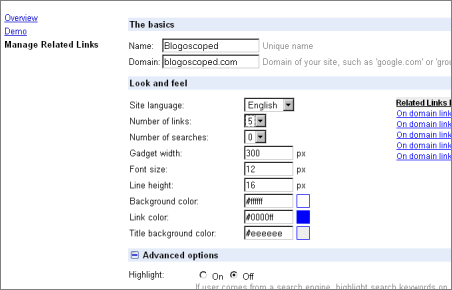

- DEFINE TRANSLITERATION HOW TO
- DEFINE TRANSLITERATION FULL
- DEFINE TRANSLITERATION SOFTWARE
- DEFINE TRANSLITERATION DOWNLOAD
- DEFINE TRANSLITERATION FREE
You can also search the FamilySearch catalog on the keywords word list to see other language helps, such as books or microfilm/microfiche, which you can download or view at your local Family History Center.

Check the wiki page for each country you’re researching: From the wiki home page, click List of All Localities, then select from the alphabetical list. FamilySearch’s letter-writing guides include German, Hungarian, Italian, Latin, Polish and more. In addition, because many records housed in churches or archives in Europe aren’t online, you may need to write a request letter to the parish priest or archivist.
DEFINE TRANSLITERATION FREE
Choose from a variety of languages, including Afrikaans, Lithuanian and Serbian.įamilySearch Wiki: If your research leads you to records written in a foreign language, use FamilySearch’s free word lists to help you translate common terms found in such records. It features free interactive games for learning languages, as well as links to other study resources, so you can learn words and complete activities for numbers, colors, animals and other vocabulary. You can translate a block of text up to 150 words, or type in a URL to translate a web page.ĭigital Dialects: This site is great practice if you’re planning a heritage research trip to your ancestral homeland and don’t speak the language. This tool supports 75 languages, including English, Spanish, French, Japanese, Hebrew (Yiddish), Swedish, German, Italian, Croatian, Chinese, Portuguese, Russian and Serbian. If you’re not sure of the best way to translate a word or phrase, post it under “How do you say…” and get help from the Babelfish community. (Ask a local college or university for recommendations, or check Cyndi’s List.)īut try these tools first: They can help you read the website of a foreign archive, pen a request letter to your ancestor’s parish priest, and leap over those language barriers to glean details about Great-grandma’s family in letters from the old country.īabelfish: This free translator lets you convert phrases and sentences into (or out of) any language. If you’re dealing with a complex historical document or script that’s notoriously difficult to interpret, you may need to enlist the services of a human translator. While many of these sites have character or word limits, most don’t cost a penny and support a variety of languages. Free online tools and services put translation help right at your fingertips.
DEFINE TRANSLITERATION FULL
Translation Websitesįew things are more deflating in family history research than finally finding a document potentially full of clues about an ancestor, only to discover it’s written in an unfamiliar language or alphabet.įortunately, with today’s technology and the vast reach of the Internet, you don’t have to get lost in translation.
DEFINE TRANSLITERATION HOW TO
Be sure to click on his About this Website and How to Use It link to learn more about these tools. There’s also a Virtual Keyboard for typing characters of any Latin-based alphabet in one step-simply use the keyboard displayed on the screen to click the characters you want to type, then copy and paste the text into your application. This is helpful, for example, if you need to sound out names from vital records or tombstones in the Russian alphabet, in order to match them to names in the English alphabet. A tool for “Dealing with Characters in Foreign Alphabets” covers Arabic, Russian, Greek, Hebrew, and Japanese (Hiragana and Katakana) alphabets. The site provides transliteration tools to help you go from one alphabet to another, including Arabic to English, English to Russian, Greek to English and many more. One-Step Webpages: Steve Morse’s collection of One-Step genealogy tools has some extremely useful language helps.
DEFINE TRANSLITERATION SOFTWARE
Transliterations also are helpful when you’re making research notes and your word processing software doesn’t offer fonts with characters in the language of interest. Our ancestors often would transliterate their names so Americans could spell and pronounce them, producing many variant spellings. For genealogists, transliteration comes into play when you’re researching people and places that use non-Roman alphabets, such as Hebrew, Cyrillic or Greek, and name changes of immigrants from those places. Transliteration isn’t always an exact science-as with the above example, sometimes words can be transliterated more than one way. In Spanish, the transliteration is Janucá or Jánuka. The English transliteration of the Hebrew word is Hanukkah or Chanukah.


 0 kommentar(er)
0 kommentar(er)
